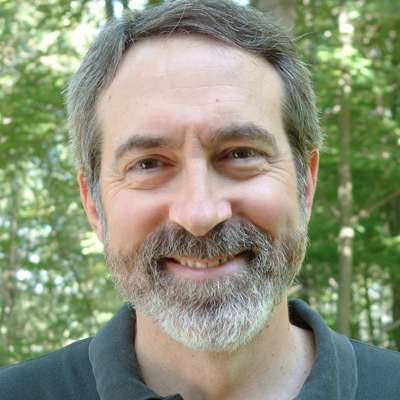Reducing future crop losses with weed adaptation studies
An estimated 40% of the earth’s land surface has been converted by humans to agriculture, making it one of the largest sources of global environmental change. In fact, humans are changing the environment so much that the evolution of many species is accelerating. What little is currently known about weed evolution involves the weeds’ response to human control measures, particularly the evolution of herbicide resistance. However, these control measures are only deployed once the weed has become adapted enough to the agricultural environment to cause economic damage.
Dr. Jeff Conner of Michigan State University targets the first stage of weed evolution which, until recently, has been mostly ignored by the scientific community. His studies focus on weed adaptations to pollinators and the habitat of the farmer’s field itself, which will provide a better understanding of why weeds are so successful. Members of his lab group conduct laboratory, greenhouse, and field studies integrating evolution, genetics, genomics, and ecology. Their goal is to attack problems at the interface of these areas in novel ways.
- One major focus of Dr. Conner’s work is to understand the mechanisms underlying the rapid adaptation of wild radish, one of the world’s worst weeds, to farmers’ fields. Compared to the native European populations of wild radish, weedy radish has evolved a very rapid life cycle, flowering and producing seeds before the crop is harvested. The team’s goal is to uncover the genetic and genomic changes that occurred during the rapid evolution of this agricultural pest from its wild ancestors. In the future, understanding the genetic basis of how weeds have sped up their life cycle may better inform farmers on how to control them.
- His work also focuses on determining the origin of crop radish, as it was likely domesticated from the same native species that gave rise to weedy radish, but evidence for this is weak. Radish was a crop in ancient Egypt, and in addition to the familiar red European radish, there is the large white Asian daikon, oilseed and cover crop radish, and rat-tail radish, which is grown in the near East for its edible seed pods. Identifying the wild progenitors of crop species is critically important in this era of global change, as these ancestors provide the best source of genetic variation needed for the development of new crop varieties that are adapted to rapidly changing conditions. Dr. Conner believes that crop domestication is important to study in general, because it has provided scientists with some of the best evidence for the genetic basis of complex traits.
- Another major thrust of his research is to understand how wild radish flowers adapt to the insect pollinators they rely on for their reproduction. He is also investigating how some floral structures in a related species are being eliminated through evolution because they have lost their reproductive function.
Bio
Dr. Conner has wanted to be a scientist for as long as he can remember. From elementary school through the middle of his Ph.D., he progressed from astronomy through biochemistry to behavioral ecology. Some influential papers in the mid-1980s converted him into an evolutionary and ecological geneticist, and more recently the genomics revolution has enabled his lab group to address fundamental questions that were previously intractable, which he finds very exciting.
“Scientists are people who have never really finished growing up,” says Dr. Conner. “Kids are just naturally curious and they go through these periods of asking why, why, why. Essentially, scientists haven’t lost that. We look at something in the world and ask ‘why?’ or ‘how did that happen?’ To me, it’s the best job in the world because I get to be a like a kid and try to figure out how the world works.”
Dr. Conner’s Team
The core of his lab currently is his Research Associate Cindy Mills and two graduate students -- Amanda Charbonneau works on evolution of weedy radish, and Sam Pérez works on non-functional trait loss. Mills has a unique combination of skills for their work, having spent six years in the greenhouse industry and seventeen years as a molecular biologist in the pharmaceutical industry; thus, she can easily oversee field and greenhouse plant work as well as advanced molecular genetics and genomics.
Publications
Awards
Distinguished Sabbatical Scholar, 2013-2014
National Evolutionary Synthesis Center
Elected Fellow, American Association for the Advancement of Science (AAAS), 2011
Walton lecturer, 2004
Mountain Lake Biological Station
College of Natural Science Outstanding Graduate Advisor, 2003
Michigan State University


